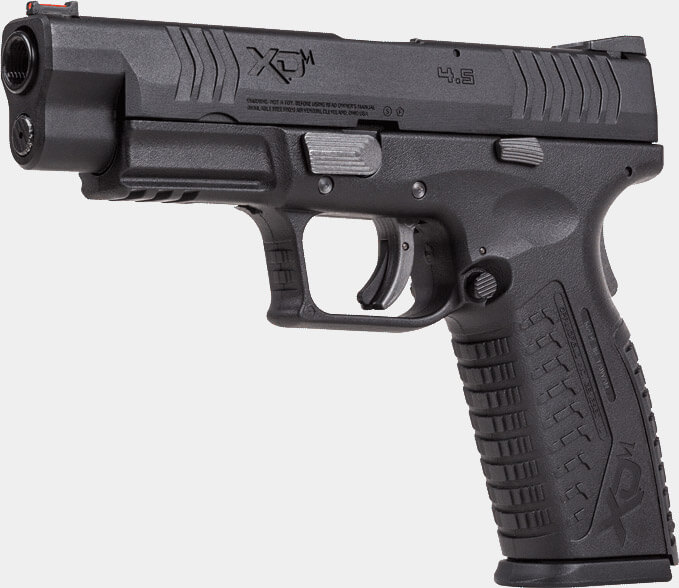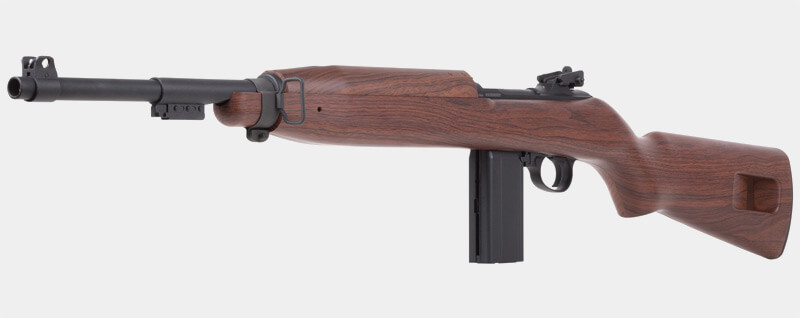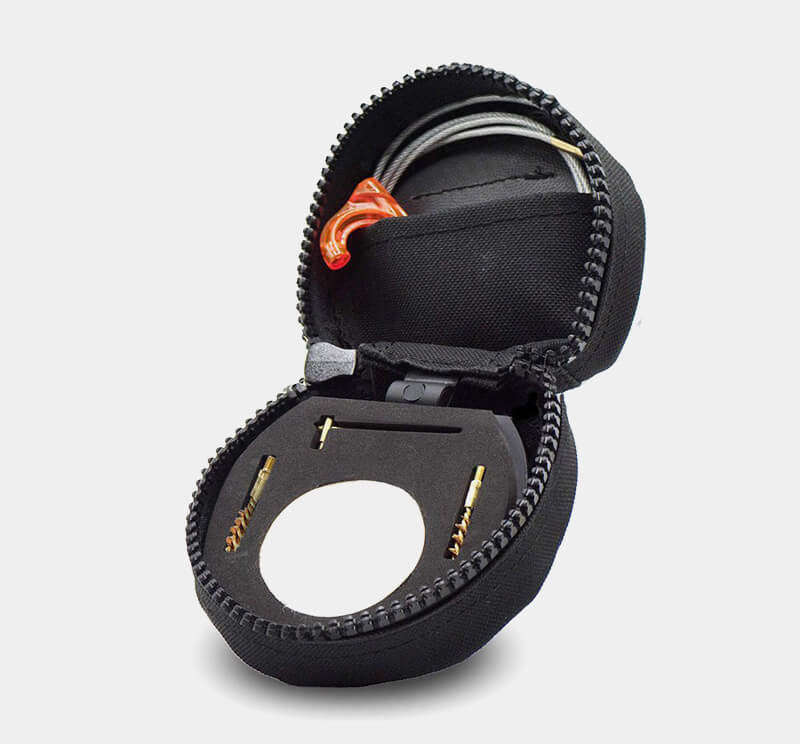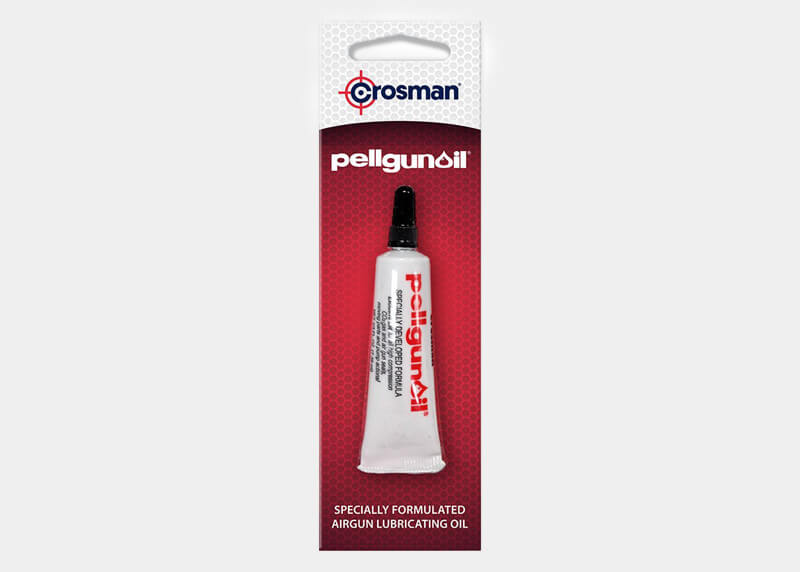Should I “Clean” My Airgun?
December 23rd, 2019
5 minute read
The term “airgun” covers a broad set of categories. It’s kind of like using the phrase “internal combustion vehicles.” Those might be cars, trucks, motorcycles, golf carts, tractors, and even airplanes.
In the “airgun” world there are long guns and handguns, but you’ll also find devices that launch anything from paintballs to plastic BBs to arrows. In the traditional sense, the big differences boil down to the power plant that creates and drives compressed air to fire projectiles. There are airguns powered by CO2 cylinders like the Springfield Armory XD-M and M1 Carbine made by Air Venturi.
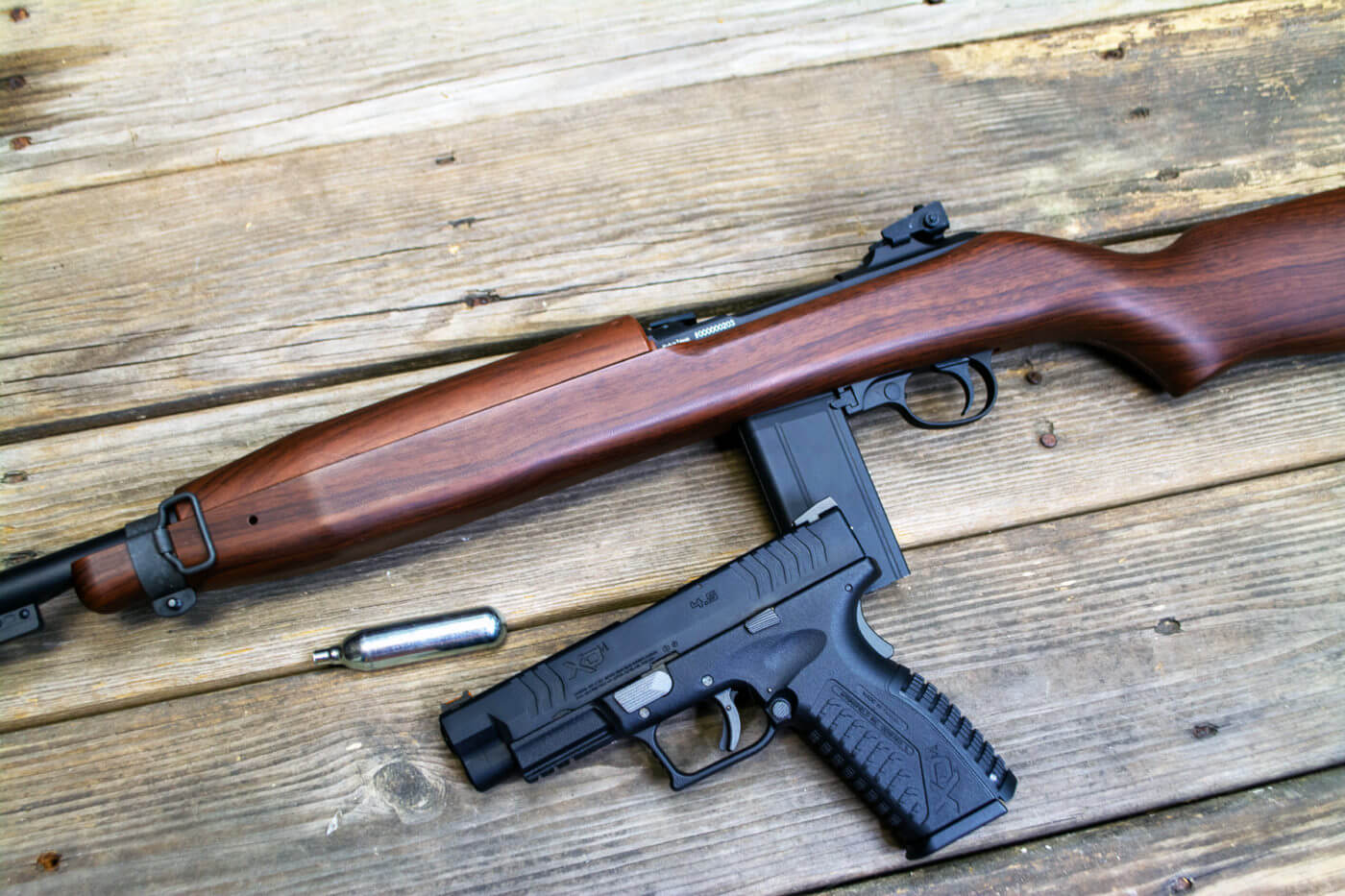
There are other airgun types that create their compressed air charge through a manual cocking motion. Either the barrel breaks or there’s some separate lever that converts mechanical energy provided by your muscles to compressed air. The last big category is called pre-charged pneumatic. These airguns have an onboard compressed air supply that’s sufficient to power multiple shots, sometimes 100 or more, before they have to be refilled.
I only mention the various types of operating systems as there are some different procedures, and even a few gotchas, to consider based on the type of power plant. But first, let’s start with what’s common to all airguns, except maybe airbows and the like.
Barrel Maintenance
Cleaning airgun barrels is a complex operation, so pay close attention to these instructions. Ready?
Don’t bother.
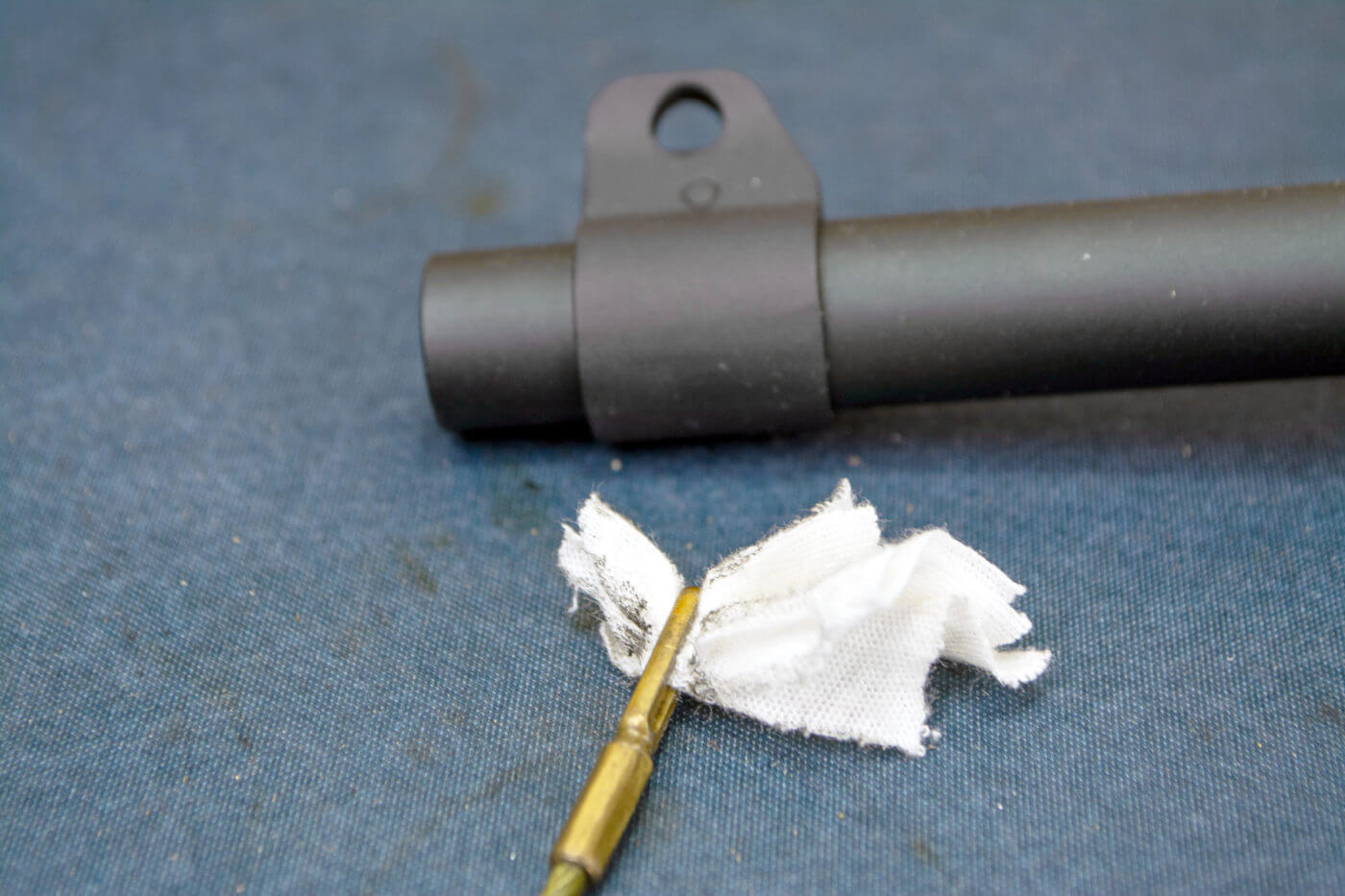
Seriously. It’s rare that you must clean an airgun barrel. Without all the fire and brimstone, there’s far less scorching hot crud plowing down the barrel with every shot. The moderate velocities, combined with relatively soft lead or alloy pellets, doesn’t allow for much metal accumulation in the bore either. Can it happen? Yes. Just not anywhere near the same rate as you see with firearms. Many airguns go their whole life without the bore scrubbing that centerfire shooters dread. Wanna know something crazy? Many Olympic shooters never clean their airgun barrels. For real.
With that said, there are some cases where you’ll want to clean the barrel. Anytime you contaminate it with outside debris, it’ll need a cleaning. Think dropping your airgun in the mud and plugging the muzzle. There are some other cases where a simple barrel cleaning is in order.
Over time and many shots, you might find that accuracy wanes. Usually this results from light lead build up. You’ll likely see this only in air rifles that shoot fast — over 900 or 1,000 feet per second, and when using harder pellets. In those cases, you might get a touch of lead build-up. If you do observe that, clean the barrel.
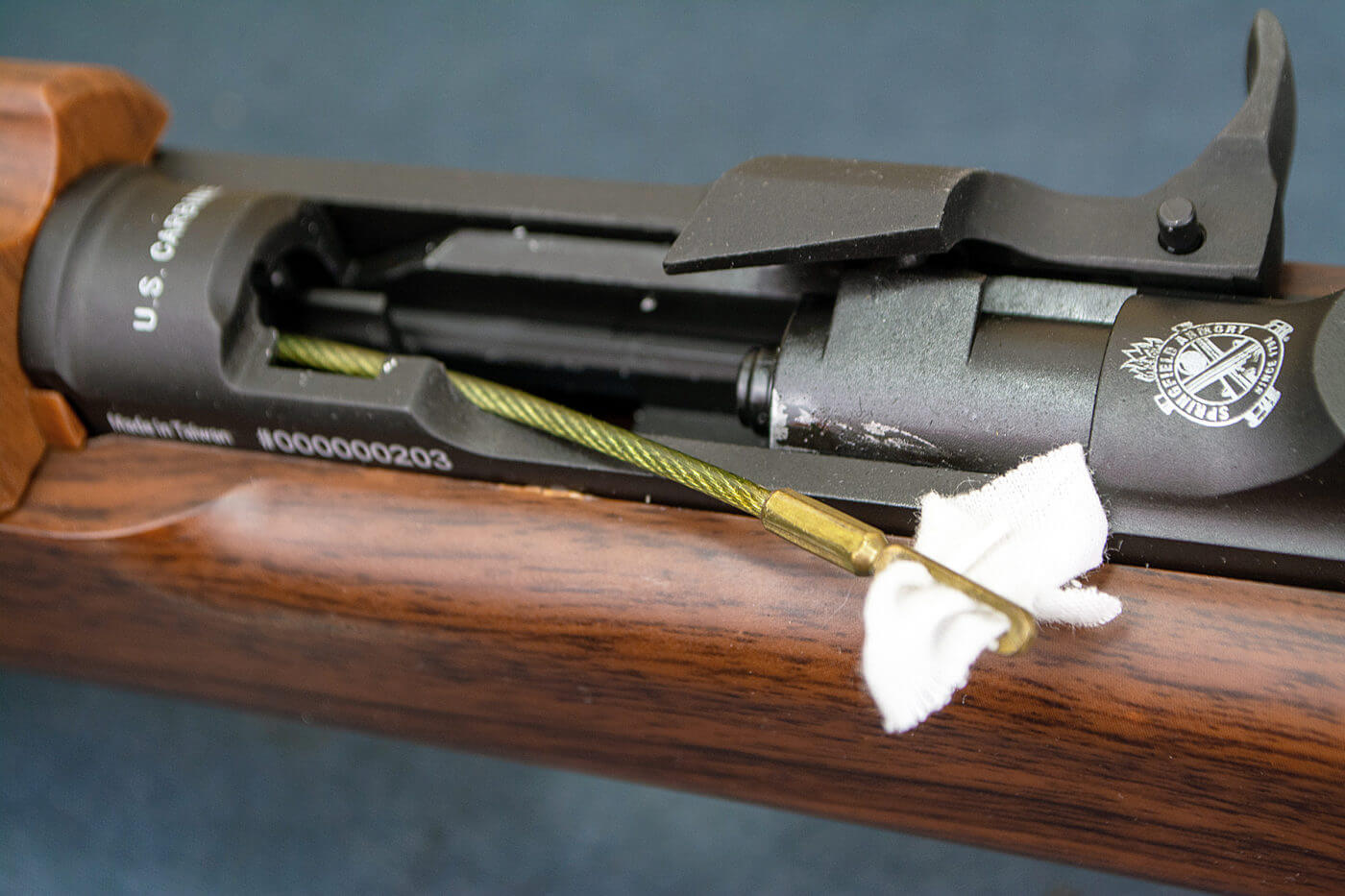
You also might see a spot of rust now and then, even on a brand new airgun bore. Most airgun barrels are made of soft steel (and sometimes brass) so rust can start. Part of the reason for this is that CO2 and PCP airguns blast air with a bit of moisture through the bore, hence the propensity to rust. There’s also the case of storage. If you’re not shooting a lot, rust can accumulate. Those Olympic shooters who never clean barrels are shooting all the time, so they regularly blow out whatever crud builds up.
Sometimes, especially with CO2 guns, you can get some oil residue build up; but again, most of that is self-maintaining as it gets blasted out with every shot.
Barrel Cleaning Procedures
If you do need to clean a barrel, try it with dry patches only. Do not use traditional gun cleaning solvents. Depending on the type of airgun you have, those solvents may eat up seals and gaskets. If you need a bit of fluid to complete the job, try either an airgun oil product or a bit of Ballistol. These come in handy as a rust preventative treatment too. Be sure to dry the excess with a clean patch.
When a barrel requires more than dry patches, always use soft brushes like nylon, bronze, or brass. Airgun barrels are much softer than traditional firearm barrels and can be damaged more easily. If you can, use a pull through method from the breech to bore. Some of the OTIS Technology kits have extra small cleaning cables and loops that will fit through .177 bores. The cables are coated and loops are made of brass, so it’s gentle on the bore. If you have to use a rod, make sure it’s a coated or aluminum one and be careful.
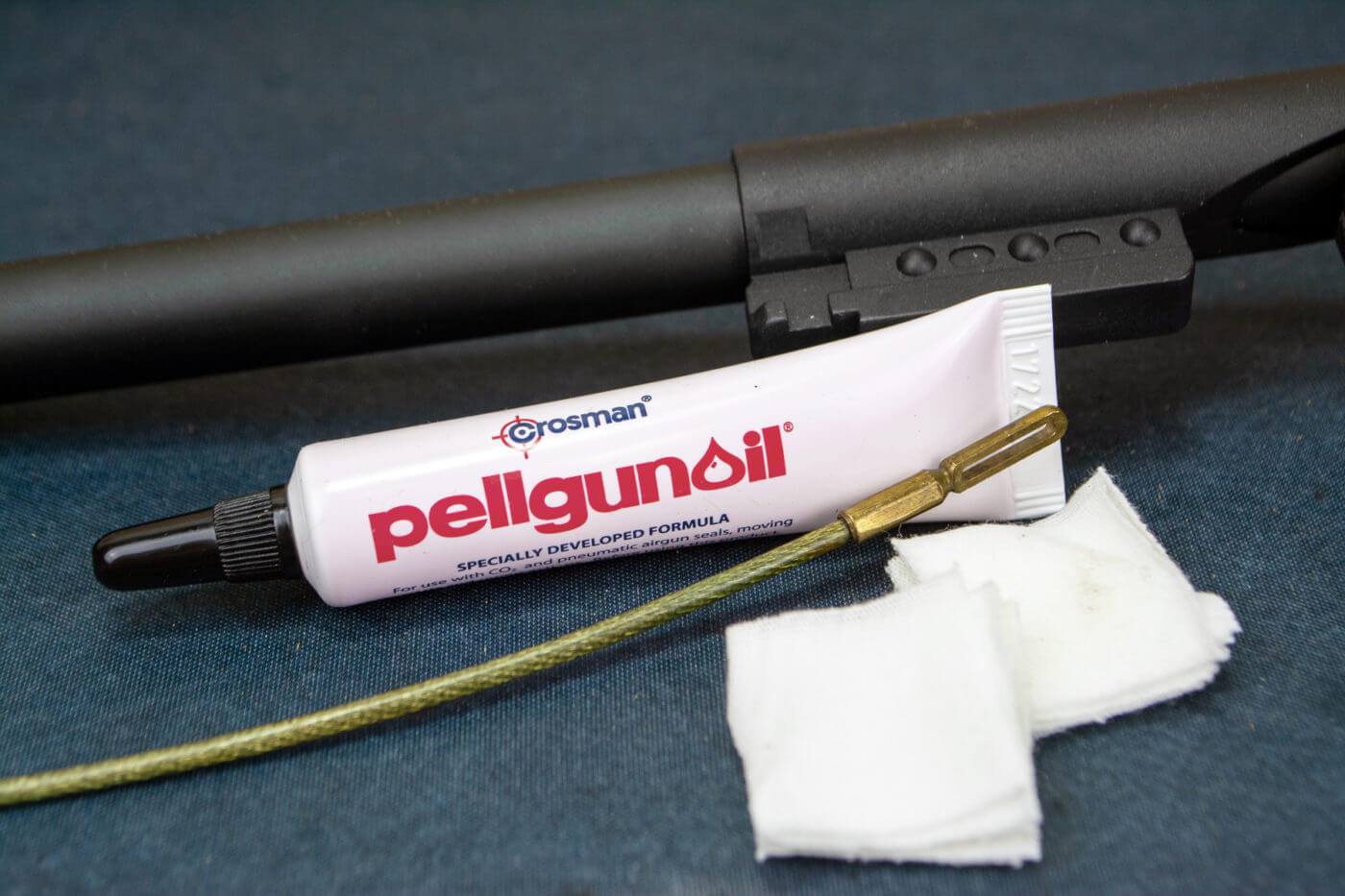
Oiling
If you have a CO2-powered airgun like the Springfield Armory XD-M or M1 Carbine shown here, the process is easy. All you need to do is pick up some Crosman Pellgun Oil. Every time you need to load a new CO2 cylinder, place a single drop of Pellgun oil on the cap where the cylinder will be pierced. This accomplishes a couple of things. First, it keeps the seal area lubricated and airtight so the gun and cylinder don’t leak CO2. Second, with every shot, you’re blasting a touch of oil through the action of the airgun and through the bore. It’s a self-lubricating approach and is generally all you need.
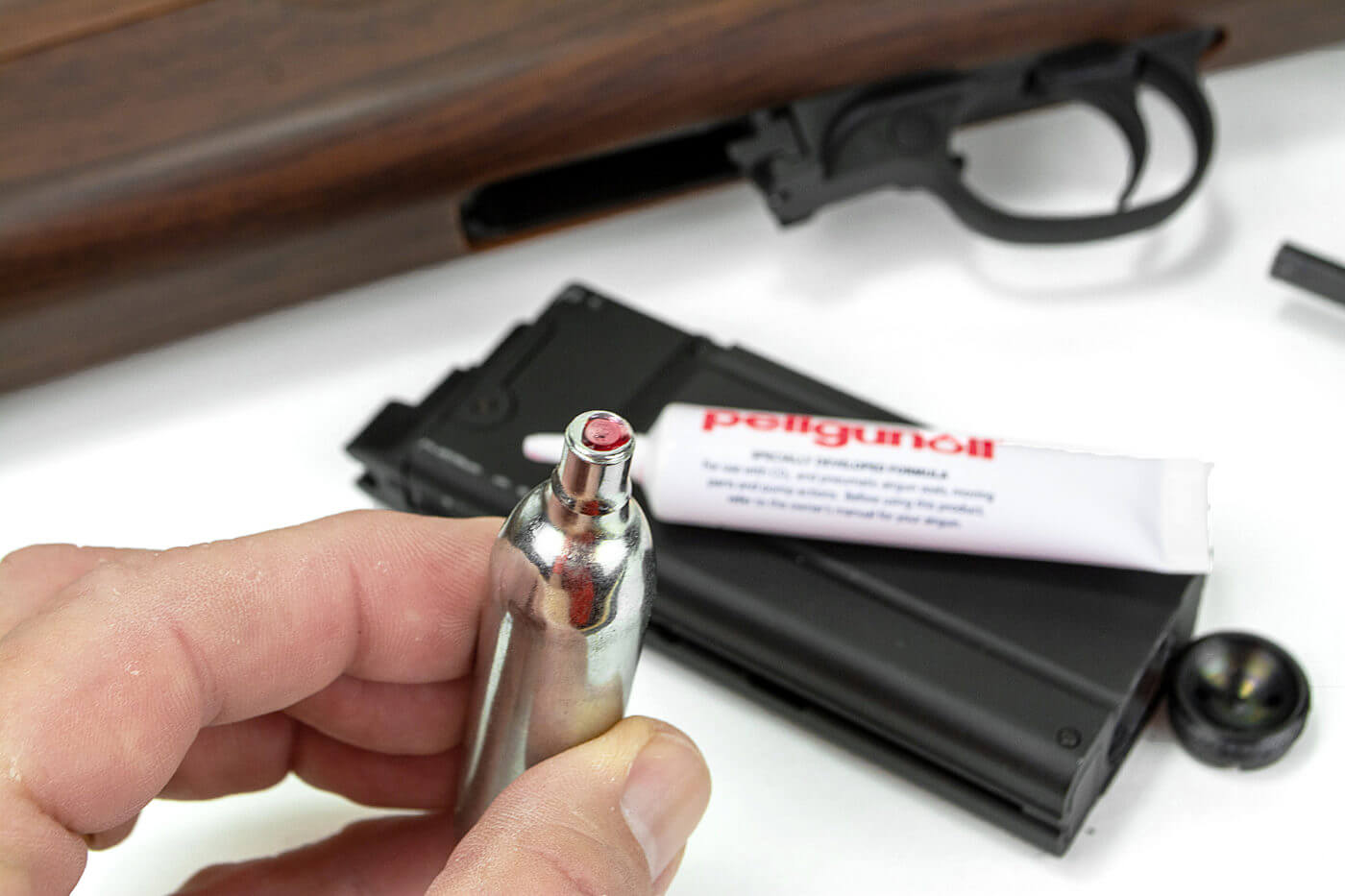
If you have a PCP airgun that uses high-pressure onboard compressed air storage, you’ll want to be very, very careful about lubrication. Read the owner’s manual and follow it precisely. In a high-pressure environment of 3,000 or more pounds per square inch, you do not want to be using any flammable petroleum-based lubricants in the pressurized sections of the action. High pressure and flammable materials don’t mix and can ignite or explode! Usually, manufacturers recommend silicon-based lubricants for certain areas, but your owner’s manual will specify what you need where.
All in all, airguns are super easy to maintain. Read the manual and don’t assume that firearm procedures and materials apply to airguns. Hey, one of the big benefits of airgun shooting is the low maintenance regiment, so spend more time shooting and less time cleaning!
Join the Discussion
Featured in this article
Continue Reading
Did you enjoy this article?

 55
55




